Our vines are situated on both sides of the Marne Valley, thereby boasting an exceptional geological setting. At an altitude, chiefly facing south and east, the slopes of the vines of Ay and Mareuil-sur-Ay overlook the river’s right bank.

Authenticity is nothing
without sincerity
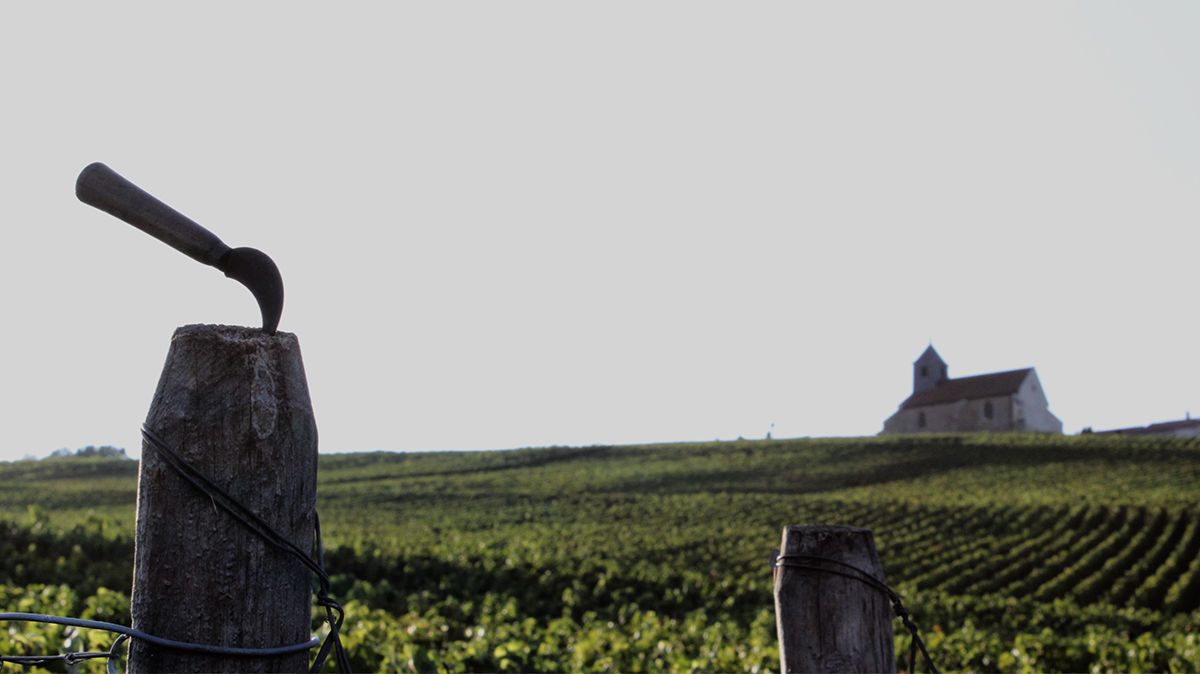
A landscape rich in its patchwork of hillsides
Our winegrowing patrimony equally comprises a vineyard in the southern part of the Mountain of Reims, linking Reims to Epernay and separated from the Marne Valley by a very chalky narrow gap. Its northern orientation has become an undeniable asset when it comes to the climate.
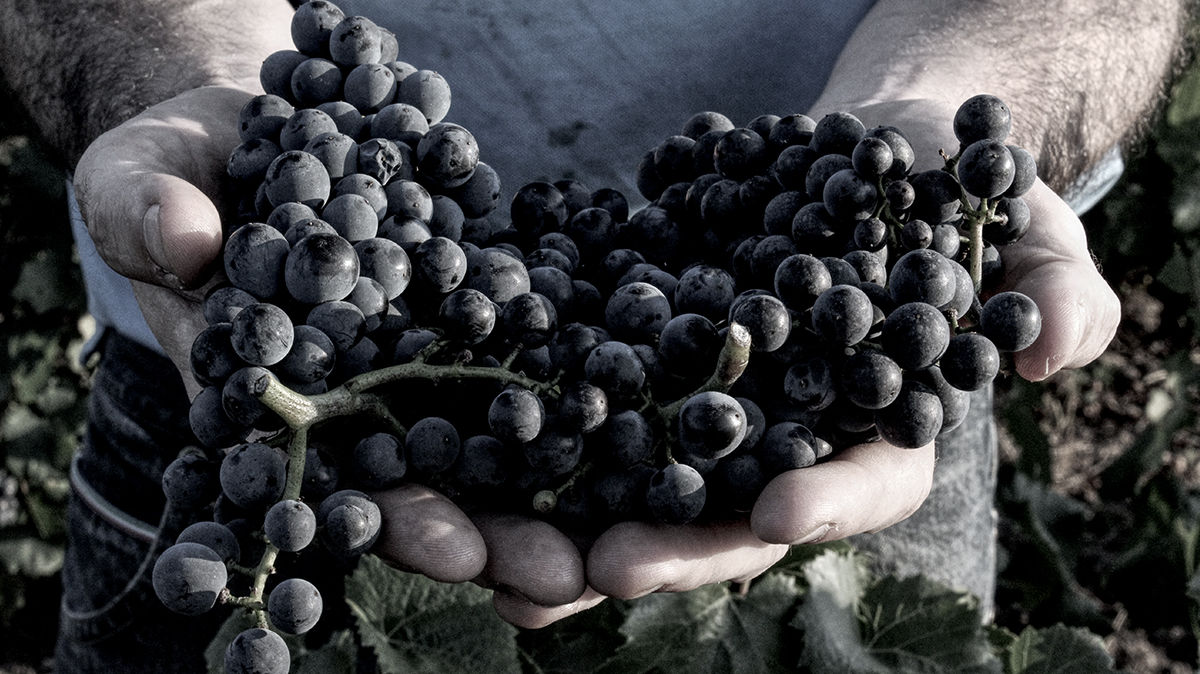
Geology shapes the terroirs and grape varieties bring them to the fore
The vineyard of Champagne forms an incredible kaleidoscope of parcels divided into highly distinct zones and outcrops, thereby creating unique characteristics, according to the spots.
Our wines are sourced from distinct areas and terroirs. All display singularity depending upon the village – Avenay, Aÿ, Mareuil-sur-Aÿ, Epernay, Festigny, Mutigny or Tauxières – and the locality – Carrière d’Athis, Chemin du Bois, Les Blanchiens, Les Chataigniers, Les Fourches, Les Valnons or Sur le Mont.
Geological complexity
The earth of Champagne superposes tertiary geological formations made up of layers of loose rock comprising sand and clay with cretaceous formations, dominated by a resistant rock of Lutetian limestone and grit.
This soil covers a sub-soil of chalk and porous highly carbonated loose rocks, reaching a depth of up to 40 meters underground. Through the development of fossilized calcite skeletons of marine micro-organisms, the chalk contributes to the alchemy of Champagne’s terroir; its minerals provide the wine with its aromatic and gustatory base. Thanks also to its strong porosity, it has become a water reservoir, supplying moisture to the vines in hot weather.
Grape varieties, a source of character
We grow three traditional local grape varieties: red Pinot Noir and Pinot Meunier and white Chardonnay. This trio displays typical varietal features: density for Pinot Noir, vivacity for Chardonnay, roundness for Pinot Meunier. But most of all, each variety has been selected for its perfect fit with the nature of the soils and sub-soils. Pinot Noir is planted in chalk and clay with a large internal surface area, like for example in Mareuil-sur-Ay; our Pinot Meunier benefits from clay terroirs such as those of Festigny; and our Chardonnay is elaborated out of chalk and clay with a limited internal surface area, like for example in Aÿ : Les Valnons and Tauxiéres : Les Fourches.

Our job as winegrowers is centered on two strong notions, at once indispensable and complementary: experience and experimentation.
The first comes from the past and the present, the second outlines the future. At our family estate, things were set up three generations ago, thereby allowing us to entirely conserve our Champagne winegrowing tradition. But as we knew that other approaches to vine-growing and winemaking existed, we decided to conserve our authentic roots, without remaining frozen in time.
- We have reorganized our 7 hectares of vines, replanted some with cuttings from exceptional old vines and identified 40 parcels.
- We have adapted our winegrowing methods, guided by the regular analysis of the estate’s various soils.
- We have adopted organic vine-growing measures including horse-drawn ploughing, the use of manure composts, respect for the vine’s natural cycle and limited yields.
- We reinforce organic growing by constantly maintaining a vast array of vegetation in our plots. Regenerative agriculture promotes biodiversity, increases organic matter level and fertility, all the while providing a better resistance to disease, rodents, and climatic variations.
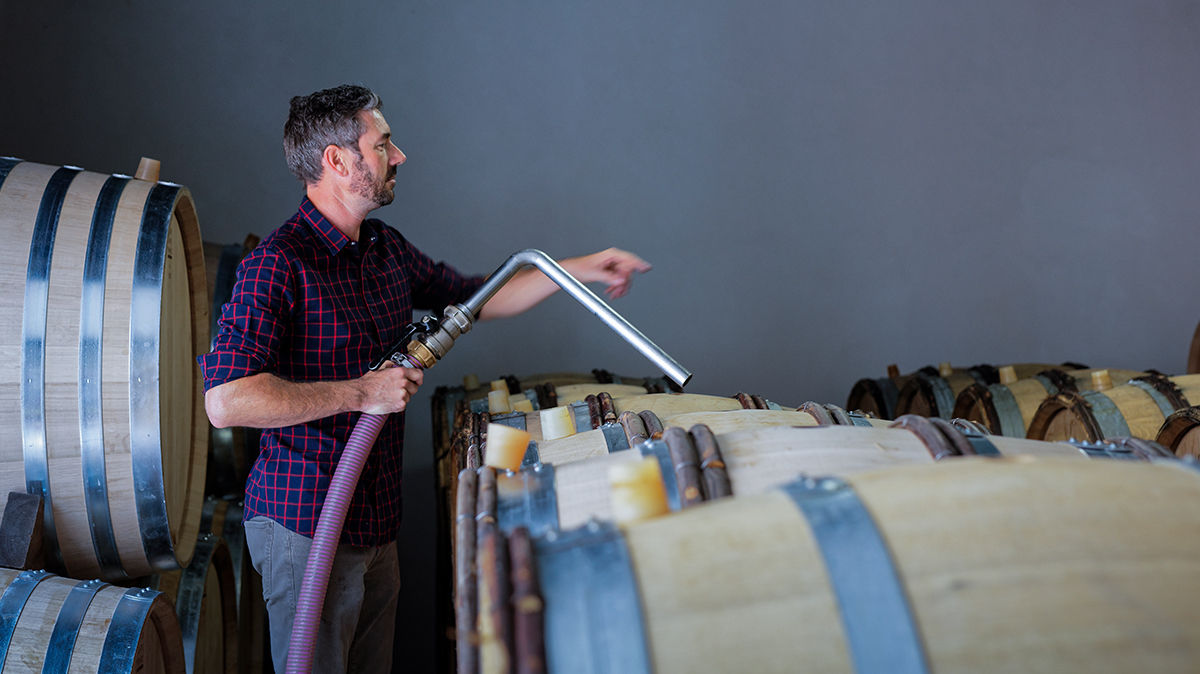
Our wines have to express equal shares of terroir, fruit and singularity
From our vineyard through to the cellar, the red thread provided by Mother Nature must end up in our wines. Various tasks help to preserve the original expression of the soils, vines and grapes. Paradoxically, preserving the wine’s true character is less of a challenge. But the explication is also very simple: less is more.
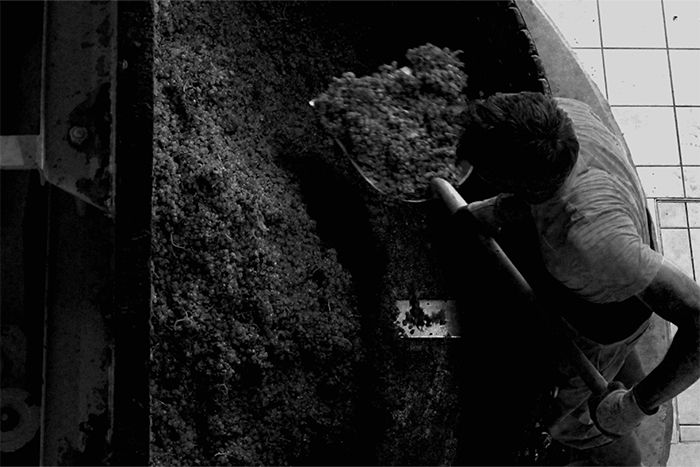
Leaving the fruit in peace
The harvest is pressed according to traditional procedures in our historic press. We prefer specific fractioning, based on the duration and the pressing of the fruit, rather than the extracted volume. The anatomy and structure of the grapes are therefore entirely respected.
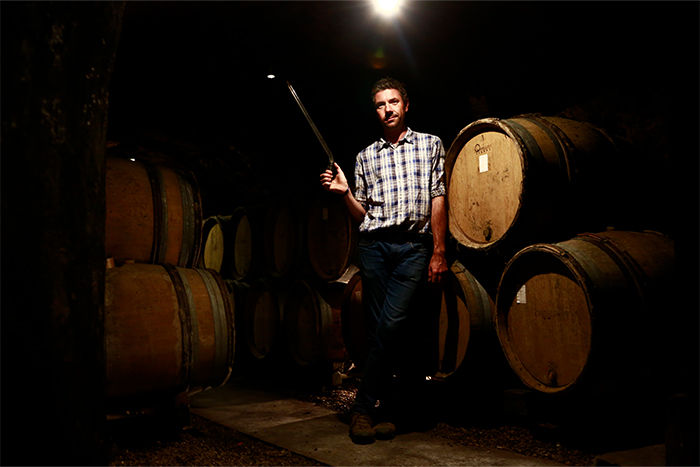
Different vats for different purposes
Wood is wine’s favorite ally: barrels provide the best surface to volume ratio to foster wine oxidation, whereas the larger size of the 600-liter half hogsheads helps to limit it. At present, all of the wines are made and matured in oak barrels, demi-muits and casks. Currently driven by the desire of producing wines with a unique style, we are experimenting with small egg-shaped ceramic and concrete vats.
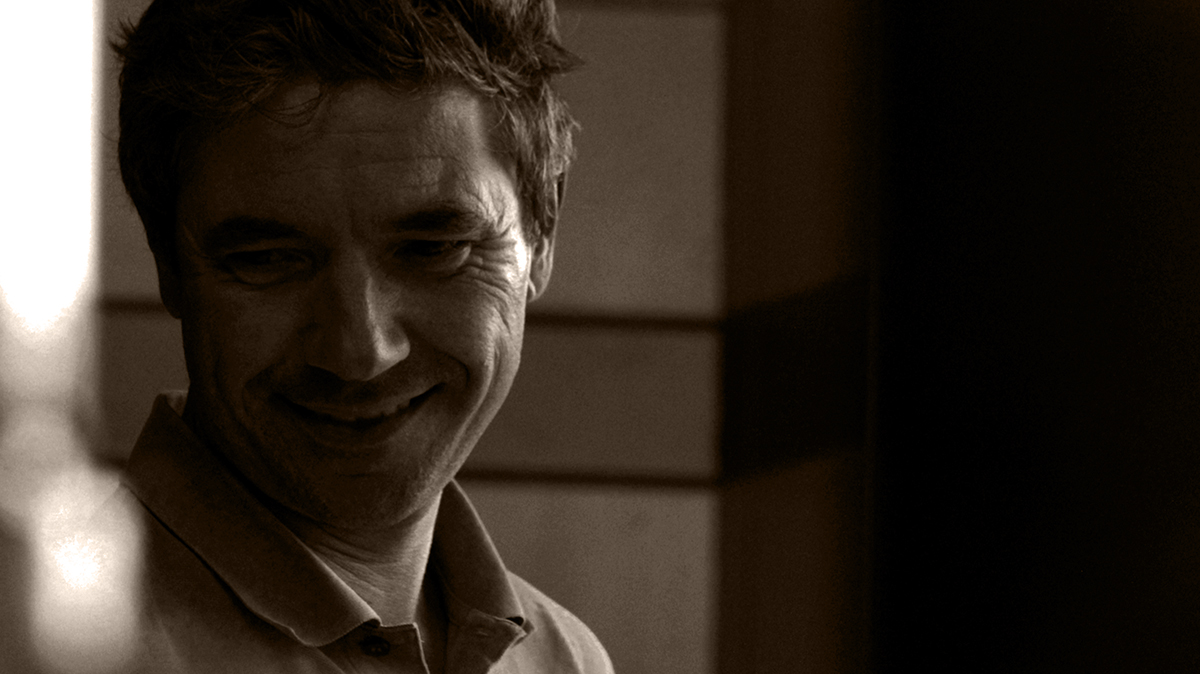
Without our close ties to the land and our ongoing efforts, our wines would just be wines...
When we taste our wines, at all stages in their development, we renew our connection with the terroir of Champagne, and the way in which we serenely question our work. Down through the years, we have eliminated interventionist measures, in view of simply saying: How about doing what we think is right?